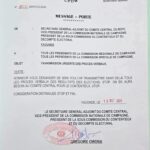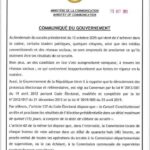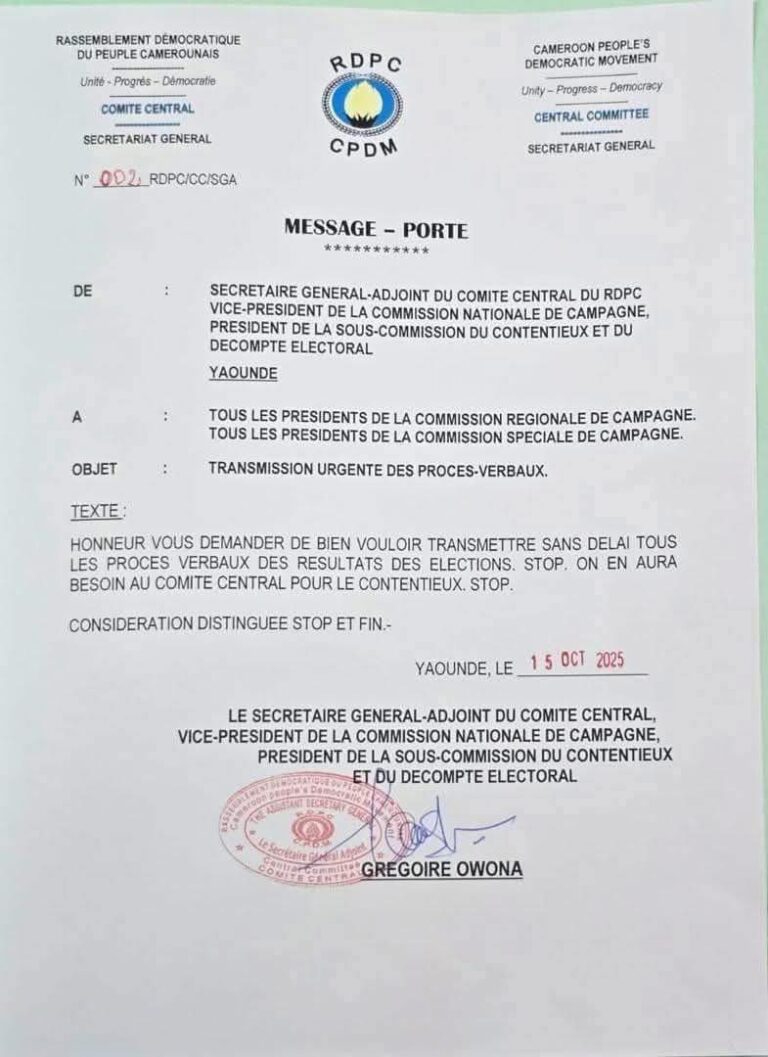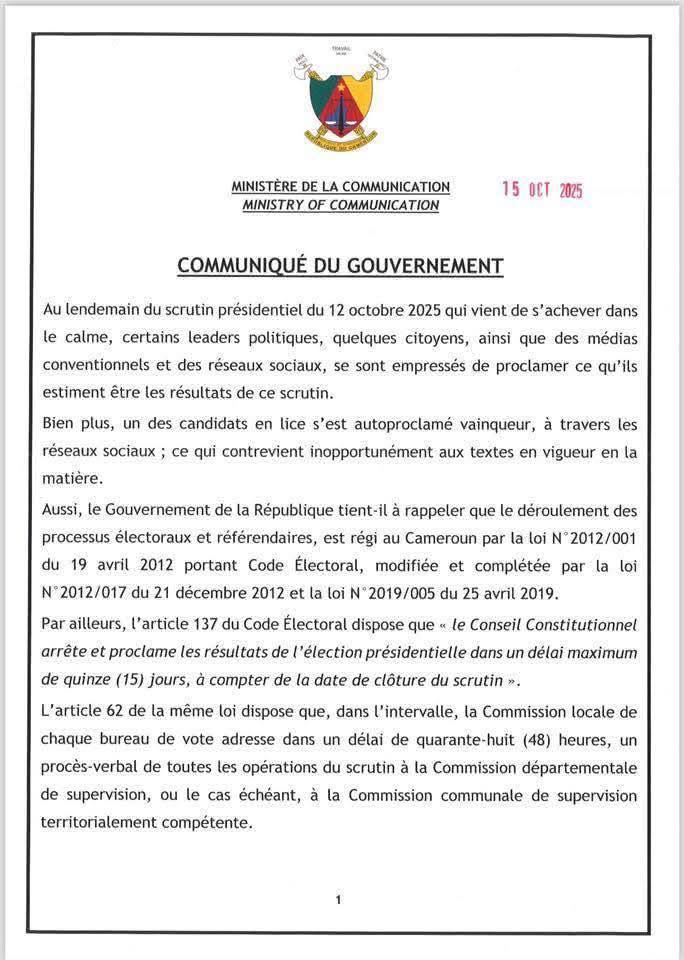
Staff Reporter
HEADLINE inflation rose to 3.5% year on year (y/y) in September from 3.2% in August, mainly driven by higher inflation in the transport category.
The purchase of vehicles subcategory accelerated to 4.4% y/y from 2.8% in August, which the Namibia Statistics Agency attributes to broad price increases across motorcycles, bicycles, and motorcars.
This lifted overall transport inflation to 1.3% y/y, from a contraction of 1.0% in August, contributing 0.2 percentage points to headline inflation.
Helena Mboti, Economic Analyst at FNB Namibia, said that this also marks the first positive contribution from transport since March, suggesting that base effects are now beginning to lift the category as anticipated.
“According to the Ministry of Mines and Energy, international oil prices increased due to heightened geopolitical tensions, though a stronger Namibia dollar helped offset some of the cost pressures. Consequently, fuel prices remained unchanged for October, with petrol at NAD20.37 per litre, diesel 50ppm at N$19.92, and diesel 10ppm at N$20.02, unchanged since August. Nonetheless, sustained geopolitical tensions may keep transport inflation elevated and add further upward pressure to headline inflation in the months ahead,” Mboti said.
She added that housing, water, electricity, gas and other fuels inflation increased to 3.6% y/y in September from 3.4% in August, and contributed 0.9 percentage points to headline inflation.
“The rise was driven by higher electricity and gas costs, which increased by 3.0% y/y, and higher water and sewerage costs at 4.0%, while rental inflation eased slightly to 3.7% from 4.2% a year earlier. Although rental inflation eased, rents remain the strongest-rising component of the housing and utilities category, and together with higher utility prices, the housing costs are likely to stay elevated, keeping household budgets under pressure in the near term,” Mboti said.
She added that food and non-alcoholic beverages inflation moderated slightly to 4.9% y/y in September from 5.2% in August, reflecting lower price growth across most categories except for fish (+9.0% y/y), meat (+3.0%), oils and fats (+2.6%), and fruit (+4.8%).
“Improved regional agricultural output has helped anchor food price dynamics, although the sector remains in contractionary territory as livestock herds gradually rebuild. The improved production outlook, reinforced at the recent Agricultural Outlook Conference held in Windhoek, points to stronger crop yields supported by favourable rainfall in the 2025 planting season and even better prospects for 2026. These developments are expected to further ease food price pressures, providing moderate relief to headline inflation and household purchasing power.
Looking ahead, we maintain our inflation forecast at 3.5% y/y average for 2025. Transport and housing costs are likely to keep mild upward pressure on prices, while good rainfall prospects should continue to support lower food inflation over the medium term. Overall, the outlook remains stable, although higher global oil prices and persistent geopolitical risks could add to transport and imported cost pressures in the short term,” Mboti concluded.










